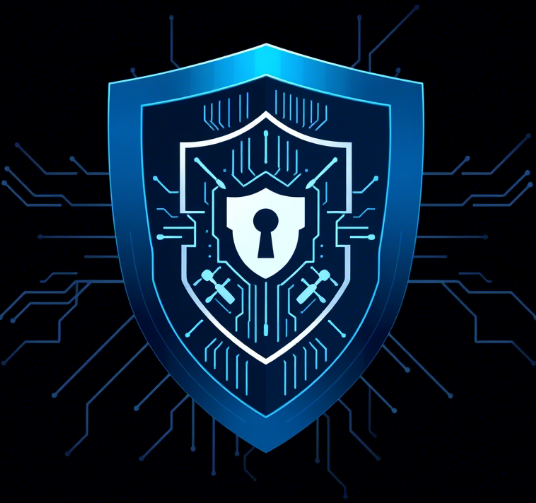Your cart is currently empty!
Category: Networking
-
In a network design the addressing and naming play important roles in identifying and distinguishing devices, services, and resources within the network.Addressing and naming work together to provide a comprehensive […]
-
Network devices are hardware components or software applications used to facilitate the communication and transfer of data within a computer network. These devices play a crucial role in establishing and […]
-
In the logical view of a computer network, network protocols play a crucial role in facilitating communication between devices and enabling the exchange of data. Commonly used network protocols Internet […]
-
Basic – Access – IP Network – Services – Security – Automation An IP (Internet Protocol) network is a collection of devices, such as computers and servers, that are connected […]
-
Packetization is the process of breaking down data into smaller units called packets for transmission over an IP network. This process involves dividing the data into manageable chunks and adding […]
-
The TCP/IP model, also known as the Internet Protocol Suite, is a conceptual framework that defines how data is transmitted and received over networks. It is a layered model that […]
-
Basic – Access – IP Network – Services – Security – Automation The need for automation in networking has become increasingly important in recent years due to the growing complexity […]
-
Network encryption is a security measure that involves the conversion of data transmitted over a computer network into an unreadable format. This process helps protect the confidentiality and integrity of […]
-
A Virtual Private Network (VPN) is a technology that allows users to establish a secure and encrypted connection over a public network, typically the internet. It enables users to send […]
-
Intrusion Detection and Prevention Systems (IDS/IPS) are security technologies designed to protect computer networks from unauthorized access, malicious activities, and potential cyber threats. They monitor network traffic, analyze it for […]
